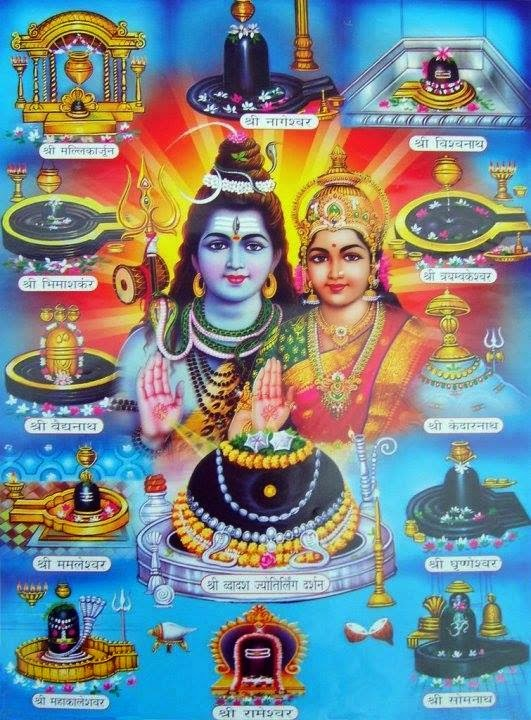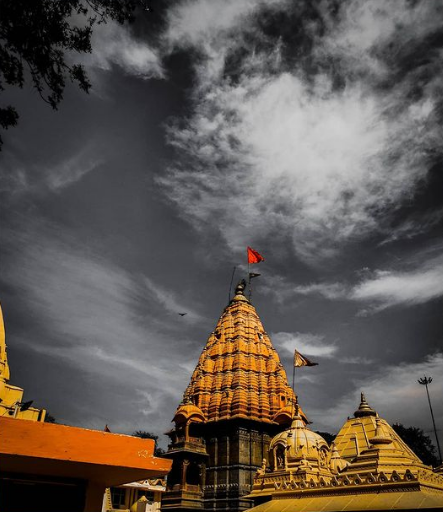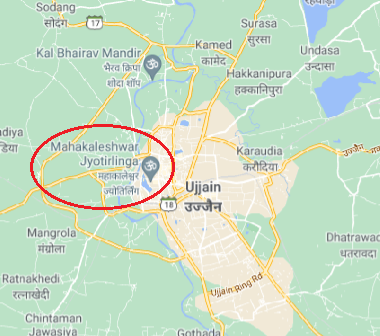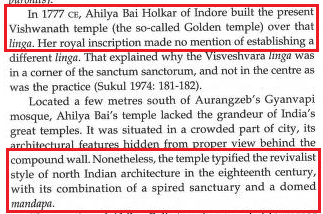
1.
#Thread on Veer Savarkar's definitions of Hindu, Hinduism, & Hindutva.
Many people seem to be confused about the terminology.
To aid in solving the confusion, let's look at how Veer Savarkar dealt with the terms, in his book *Essentials of Hindutva* (pub. - 1923)
#Hindutva
#Thread on Veer Savarkar's definitions of Hindu, Hinduism, & Hindutva.
Many people seem to be confused about the terminology.
To aid in solving the confusion, let's look at how Veer Savarkar dealt with the terms, in his book *Essentials of Hindutva* (pub. - 1923)
#Hindutva

2.
The initial sections of the book itself contains a section titled 'Hindutva is different from Hinduism'!
But how exactly? ⏬
*Hinduism is a subset of Hindutva. Hindutva doesn't just deal with religious creeds, religious/spiritual history.*

The initial sections of the book itself contains a section titled 'Hindutva is different from Hinduism'!
But how exactly? ⏬
*Hinduism is a subset of Hindutva. Hindutva doesn't just deal with religious creeds, religious/spiritual history.*


3.
Firstly, Veer Savarkar takes up critical discussion to define the term 'Hindu'.
As per the discussion, Veer Savarkar observes that, the word Hindu can be formed from Sanskrit 'S' -> Prakrit 'H' transformation in the word 'Sindhu'
Firstly, Veer Savarkar takes up critical discussion to define the term 'Hindu'.
As per the discussion, Veer Savarkar observes that, the word Hindu can be formed from Sanskrit 'S' -> Prakrit 'H' transformation in the word 'Sindhu'
4.
The Sanskrit word Sindhu refers to the river Sindhu (Indus), as well as 'the oceans'/'the seas'/'the waters'.
Hence, if this meaning is carried forward in Prakrit as well, the word 'Hindu' refers to people residing in the territory bound by Sindhu river & the waters.👇
The Sanskrit word Sindhu refers to the river Sindhu (Indus), as well as 'the oceans'/'the seas'/'the waters'.
Hence, if this meaning is carried forward in Prakrit as well, the word 'Hindu' refers to people residing in the territory bound by Sindhu river & the waters.👇

5.
2nd criteria:-
Veer Savarkar also notes that, in order to be regarded 'Hindu', one must also regard the land between the Sindhu's (river + oceans) as his/her Fatherland, i.e. land of ancestors, forefathers.
Thereby, he/she also claims to fully own the Hindu Civilisation!
2nd criteria:-
Veer Savarkar also notes that, in order to be regarded 'Hindu', one must also regard the land between the Sindhu's (river + oceans) as his/her Fatherland, i.e. land of ancestors, forefathers.
Thereby, he/she also claims to fully own the Hindu Civilisation!

6.
Consequently, Veer Savarkar defines that, *ALL* the beliefs which arose from this sacred land between the Sindhu's, as forming 'Hinduism', or more appropriately, 'Hindu Dharma'.
#Hinduism #VeerSavarkar
Consequently, Veer Savarkar defines that, *ALL* the beliefs which arose from this sacred land between the Sindhu's, as forming 'Hinduism', or more appropriately, 'Hindu Dharma'.
#Hinduism #VeerSavarkar

7.
Some people like the Sikhs, etc. are found to be apprehensive of this definition though.
Veer Savarkar was quick to grasp this apprehension, & clarified that they can still denote themselves as before. Whenever need arises to refer collectively, the term Hinduism must be used
Some people like the Sikhs, etc. are found to be apprehensive of this definition though.
Veer Savarkar was quick to grasp this apprehension, & clarified that they can still denote themselves as before. Whenever need arises to refer collectively, the term Hinduism must be used

8.
Thirdly, Veer Savarkar sets a very important criteria:
That of regarding the land between Sindhu's as their Punyabhumi (analogous to Holy Land). This entails acknowledging the unmistakable, & defining influence of the Hindu culture on their philosophy.
More complete defn 👇
Thirdly, Veer Savarkar sets a very important criteria:
That of regarding the land between Sindhu's as their Punyabhumi (analogous to Holy Land). This entails acknowledging the unmistakable, & defining influence of the Hindu culture on their philosophy.
More complete defn 👇

9.
Veer Savarkar, being the gifted poet that he was, expressed the three criteria of definition of 'Hindu' succinctly in a Sanskrit couplet (which adorns our bio too!) :-
आसिंधु सिंधु-पर्यन्ता यस्य भारत-भूमिका ।
पितृभूः पुण्यभूश्चैव स वै हिंदुरिति स्मृतः ।।

Veer Savarkar, being the gifted poet that he was, expressed the three criteria of definition of 'Hindu' succinctly in a Sanskrit couplet (which adorns our bio too!) :-
आसिंधु सिंधु-पर्यन्ता यस्य भारत-भूमिका ।
पितृभूः पुण्यभूश्चैव स वै हिंदुरिति स्मृतः ।।


10.
"A Hindu means a person who regards this land of Bharatvarsha, from the Indus to the Seas as his Father-Land as well as his Holy-Land, that is the cradle land of his religion"
- Veer Savarkar
"A Hindu means a person who regards this land of Bharatvarsha, from the Indus to the Seas as his Father-Land as well as his Holy-Land, that is the cradle land of his religion"
- Veer Savarkar
11.
Much controversy is caused regarding the position of Muslims and Christians in this ideological framework.
According to Veer Savarkar, a Muslim & Christian, who differs more from common Hindu, and stops to OWN the Hindu Civilisation as a whole, cannot be regarded as Hindu!
Much controversy is caused regarding the position of Muslims and Christians in this ideological framework.
According to Veer Savarkar, a Muslim & Christian, who differs more from common Hindu, and stops to OWN the Hindu Civilisation as a whole, cannot be regarded as Hindu!

12.
To further reinforce this point, Veer Savarkar has mentioned the defections during the religious crusades in his book.
Hence, he observes that a devout Muslim/Christian will always set his Holy Land (Arabia/Palestine) above his Father Land (India).
To further reinforce this point, Veer Savarkar has mentioned the defections during the religious crusades in his book.
Hence, he observes that a devout Muslim/Christian will always set his Holy Land (Arabia/Palestine) above his Father Land (India).

13.
Veer Savarkar is only open to regarding those Muslims/Christians as Hindus, *if & only if* they regard Sindhusthan / Hindusthan as their Punyabhumi/Holy-Land.
Veer Savarkar is only open to regarding those Muslims/Christians as Hindus, *if & only if* they regard Sindhusthan / Hindusthan as their Punyabhumi/Holy-Land.

14.
Hope this thread will enhance the clarity amongst people regarding the definitions of Hindu, Hinduism & Hindutva within the Hindutva ideological framework.
#Hindutva #VeerSavarkar
Hope this thread will enhance the clarity amongst people regarding the definitions of Hindu, Hinduism & Hindutva within the Hindutva ideological framework.
#Hindutva #VeerSavarkar

• • •
Missing some Tweet in this thread? You can try to
force a refresh






















